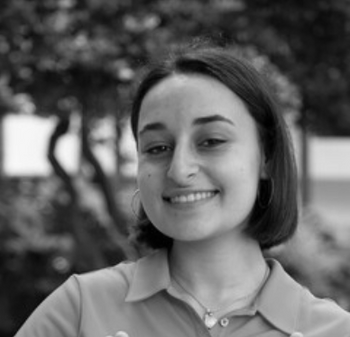New transgender academic journal advocates for child transition
This summer, the Northwestern University Libraries published the first issue of their new journal, the Bulletin of Applied Transgender Studies.
One particularly noteworthy study explores the experiences of transgender children, specifically those desiring to transition.
This summer, the Northwestern University Libraries, in Evanston, Illinois, and the Center for Applied Transgender Studies published the first issue of their new journal, the Bulletin of Applied Transgender Studies (BATS).
BATS describes itself as a “leading venue for academic research addressing the social, cultural, and political issues facing transgender and gender minority communities across the globe,” and aims at the “improvement of the material conditions of transgender life.”
According to the journal’s editor, Thomas J. Billard, the academic publication also has a political purpose.
“It’s…about the importance of rigorous and verified trans knowledge that can inform public policy right now,” Billard told the university newspaper The Daily Northwestern. “As anti-transgender advocates peddling misinformation are trying to shape policy, it’s our responsibility as academics to shape it in helpful ways.”
[RELATED: Columbia launches ‘Transgender Non-Binary Health Care’ program]
One particularly noteworthy study explores the experiences of transgender children, specifically those desiring to transition.
The author, Cal Horton, introduces a dichotomy between a “gender affirming” approach and a “delayed transition” approach, asserting that the former is supported by a growing body of research that purports an increase in mental health in children whose gender identity is affirmed early on.
Horton claims that a “pathologisation” of gender dysphoria in children “demonstrates the harms of the status quo and the need for systemic reform, providing modern affirmative care for younger trans children.”
Horton goes on to cast doubt on the ability of “cisgender” gender clinicians to properly cater to the needs of children suffering from gender dysphoria. This concern accompanied the fact that some children did not clear the high bar set to prove something like gender dysphoria, which Horton considers problematic. Had it been cleared, the child would have met eligibility for surgical and hormonal treatment.
[RELATED: Transgender activist urges children to ‘learn’ about transitioning ‘at a very young age’]
Another article, written by Noah Adams, attempts to draw correlations between gender identity and autism.
Adams cites a UK study in which clinicians expressed concern over haphazardly diagnosing and treating people with gender dysphoria due to a significant portion of their patients “displaying autistic traits.” Adams argues that a diagnosis of autism shouldn’t lessen our trust in children’s self-reports of being a different gender.
Other articles in this summer’s inaugural issue included titles such as “Fertility Intentions and Desires Among Transmasculine Young Adults,” and “Moving from Gender Dysphoria to Gender Euphoria.”
The push to promote transgender ideology in academia is not new.
As Campus Reform has previously reported, New York University, West Virginia University, Colorado State University, Humboldt State University, Western Illinois University, and the University of South Flordia have all embraced and “advance[d] transgender ideology within the student population and general public.”
Campus Reform reached out to Thomas Billard, Cal Horton, and Noah Adams for comment. This article will be updated accordingly.

